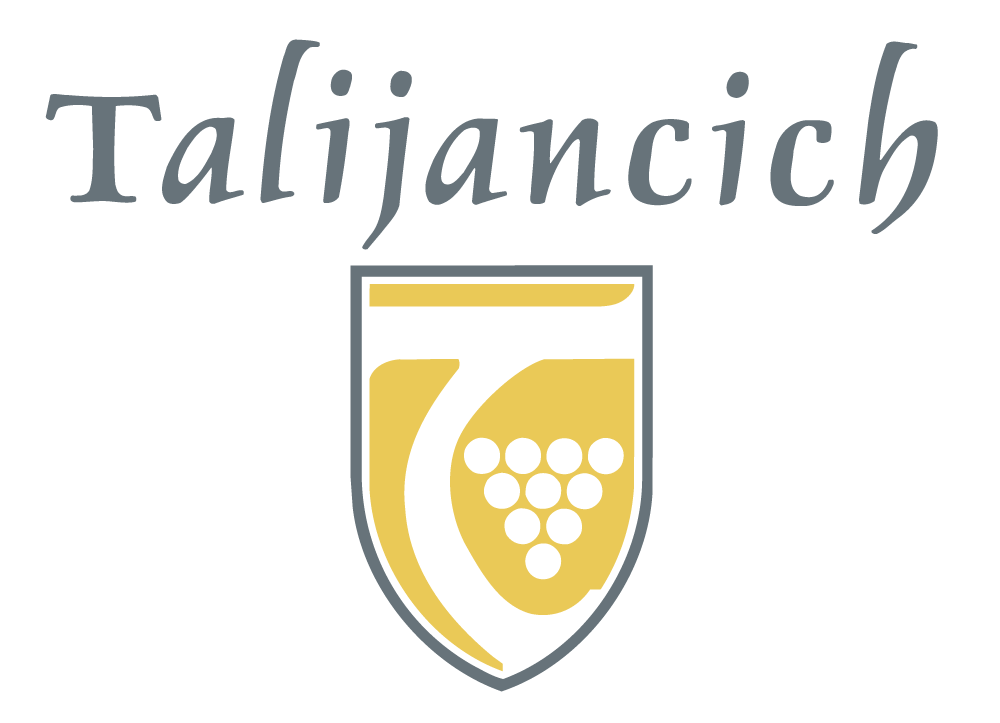The Swan Valley has made Verdelho one of its flagship varieties. With the warm Mediterranean climate Spanish and Portuguese varieties are becoming more widely grown.
Verdelho is a cultivar historically found as a vine planted and grown in continental Portugal before the fifteenth century. Until early in the 20th century, Verdelho was the principal wine making grape in Madeira.
The soil and climate of Madeira were found to be ideal for the production of wine but many tough years had to pass since the first plantings (circa 1470) before the land was cleared and enough wines planted make an industry. It took 30 years of careful toil in the late 1400s and early 1500s before there was a proper quantity of wine to sell commercially. It was first being sold to passing sailors who drank it as possible protection from scurvy due to its high rich vitamin and mineral content. From the middle of the 16th century, ships stopping at the port of Madeira’s capital- Funchal– would take on numerous barrels of the locally made wine. It was found that the wine tasted better at the end of a voyage across the equator, so local producers started sending casks of Madeira wine on long sea crossings to be heated and thus improved by the hot tropical sun. By the 18th century, the heating methods had been simplified and this process of estufagem is still used today.
The four varieties of Madeira wine are Sercial, Verdelho, Bual and Malmsey. Sercial (the driest) is a pale, light bodied wine that makes an excellent aperitif. Verdelho (medium-dry) is a tangy, medium bodied wine with an elegant, dry taste. Bual (medium-rich) is a full-bodied, medium-sweet wine with an appealing smoky complexity. Buel compliments cheeses and desserts. Malmsey (the richest) is a full-bodied, lusciously sweet and robust wine with a deep honeyed quality and is an ideal dessert wine. The Verdelho is the most difficult of the “noble” vines to produce Madeira.
Verdelho ready to be made into liqueur
Madeira wine is matured in casks for periods ranging from three to fifteen years, and the best wines are classified on the label of the bottle as a vintage. Vintage Madeiras are only made from the superior wines of an outstanding year. They are produced solely from the traditional grape varieties and must remain in cask for a minimum of twenty years or more.
They are then left in bottle for a further two years prior to selling. Vintage Madeiras can remain in excellent condition for approximately 150 years– and sometimes even longer. A good example of this is Blandy’s 1792, which is still drinkable even after 200 years!
The Verdelho vines are found in Riberia da Janela, Funchal, Camâra de Lobos and Estreito de Camâra de Lobos are in terraces open to the sea. They are also in the protected terraces of São Vicente.
Verdelho grapes after pressing- known as must
Verdelho was brought to Australia in the 1820s by James Busby and John Macarthur. It was used in the production of fortified wines primarily in the Hunter Valley until it's spread to Western Australia.
James Talijancich and his father planted the Verdelho vineyard in 1977/78, not knowing whether the variety would pay off. Forty years on, and it has become a variety that the winery could not imagine being without. From producing light and fruity table wine, ageing said wine for ten or more years, or being used to produce our Liqueur Verdelho- this is a versatile variety that is perfectly suited to the Swan Valley.



